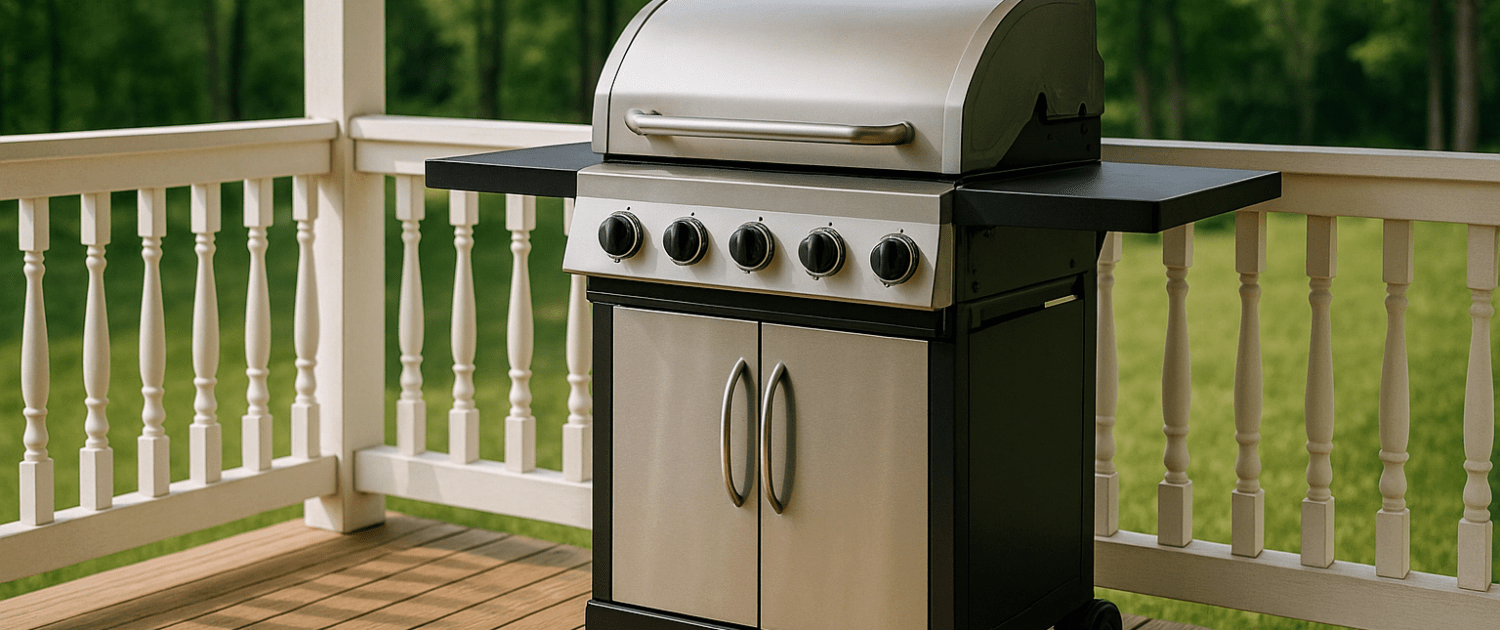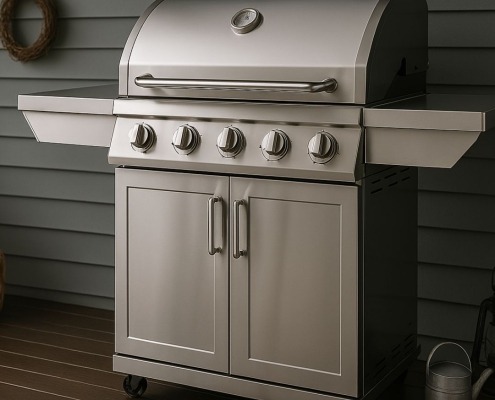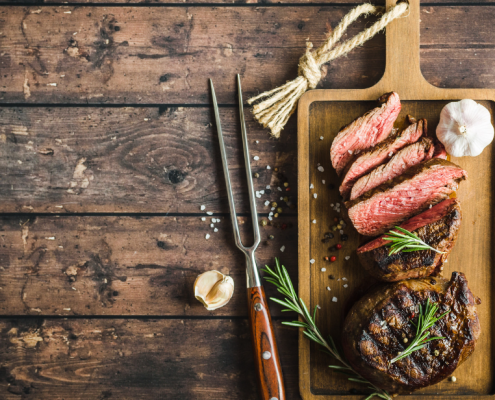How to Figure Out the BTU of Your Gas Grill
Steven E / Wednesday May 7, 2025
When it comes to grilling, knowing the BTU (British Thermal Unit) rating of your gas grill is essential for achieving optimal grilling. The BTU rating indicates the heat output of the grill, helping you understand its cooking power and capabilities. Whether you’re a seasoned griller or a beginner, by gaining this understanding, you’ll have the necessary insights to evaluate and adjust the heat output of your grill to suit your grilling needs and preferences.
The information in this article may not apply to your specific appliance model. We recommend consulting your manufacturer’s documentation or contact us with any questions.
What is BTU and why does it matter?
BTU, short for British Thermal Unit, is a standard unit of measurement used to quantify heat energy. Scientifically, it represents the amount of heat required to raise the temperature of one pound of water by one degree Fahrenheit. In the context of gas grills, BTU measures the heat output produced by the burners. The BTU rating of a gas grill provides valuable information about its cooking power and the amount of heat it can generate.
- A higher BTU rating is generally associated with larger cooking areas, allowing for even heat distribution and faster cooking times.
- For smaller cooking areas, a lower BTU rating might be sufficient and more energy-efficient.
- BTU alone does not solely determine a grill’s performance; other factors like burner design and material play a significant role.
- It’s essential to strike a balance between BTU rating and cooking area to achieve optimal grilling results.
- Consider the cooking needs and frequency when choosing a grill with an appropriate BTU rating for your specific cooking area.
- Using a grill with excessive BTUs for a small cooking area may result in inefficient heat usage and potential hot spots.
- Conversely, a grill with inadequate BTUs for a large cooking area may struggle to reach and maintain desired temperatures.
- To make the most of your grill’s BTU rating, ensure proper preheating and utilize different heat zones for versatile cooking options.
Calculating BTU for individual burners
To accurately determine the BTU output of each burner in your gas grill, you’ll need to follow these steps:
Step 1: Determine the fuel
First, identify the energy content of the gas used in your grill. For propane, the energy content is typically around 2,500 BTUs per cubic foot (BTU/cu ft). For natural gas, it is approximately 1,000 BTUs per cubic foot (BTU/cu ft).
If your gas grill uses propane, divide the BTU rating by 2,500 to find the BTU per cubic foot for propane. If your gas grill uses natural gas, divide the BTU rating by 1,000 to find the BTU per cubic foot for natural gas.
Step 2: Calculate the BTU output
To calculate the BTU output of each burner, you need to know the fuel consumption rate of each burner in cubic feet per hour (cu ft/hr). This information may be available in the grill’s manual or specifications.
Multiply the fuel consumption rate (cu ft/hr) by the BTU per cubic foot (BTU/cu ft). The result will give you the BTU output of each individual burner.
Repeat this calculation for each burner in your gas grill to obtain the BTU output for all burners.
Step 3: Total BTU output for the grill
Add up the BTU ratings of each individual burner to find the total BTU output of your gas grill. For example, if your grill has three burners with BTU ratings of 10,000, 12,000, and 8,000 BTUs respectively, the total BTU output would be 10,000 + 12,000 + 8,000 = 30,000 BTUs.
In addition to the main burners, some gas grills may have additional BTU sources, such as side burners or sear stations. If your grill has any of these features, include their BTU ratings in the total as well.
Additional information
Thanks for stopping by! We hope this guide helped you determine the BTU of your gas grill.
If you run into any issues, just give us a call at 1-877-477-7278 or start a chat with a pro on our website so we can help you through it. We’ve got many more troubleshooting and repair guides on our DIY blog and YouTube channel, and all the parts you need to do it yourself at AppliancePartsPros.com.
Make sure to connect with us on Facebook, Twitter and Instagram!
With nearly a decade of experience in providing top-notch customer service regarding appliance parts and repair, Steven enjoys sharing practical advice, troubleshooting tips, and interesting information to help readers stay informed.





